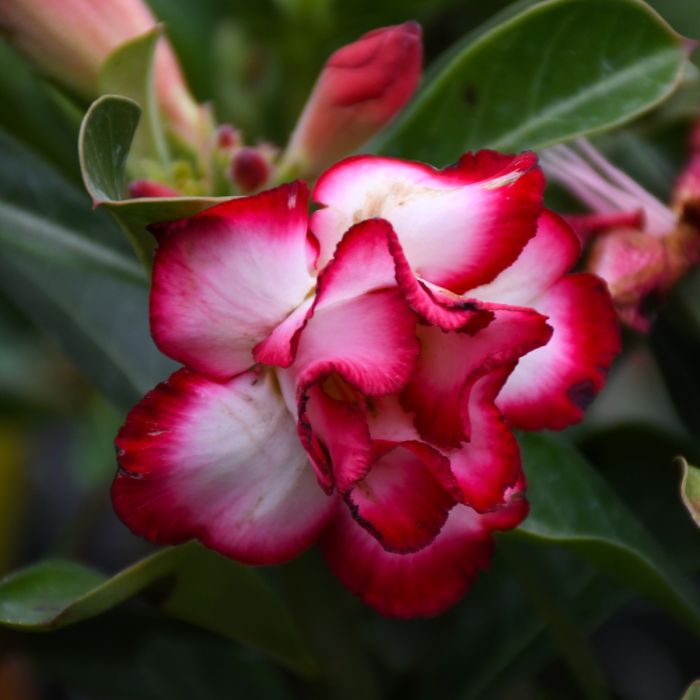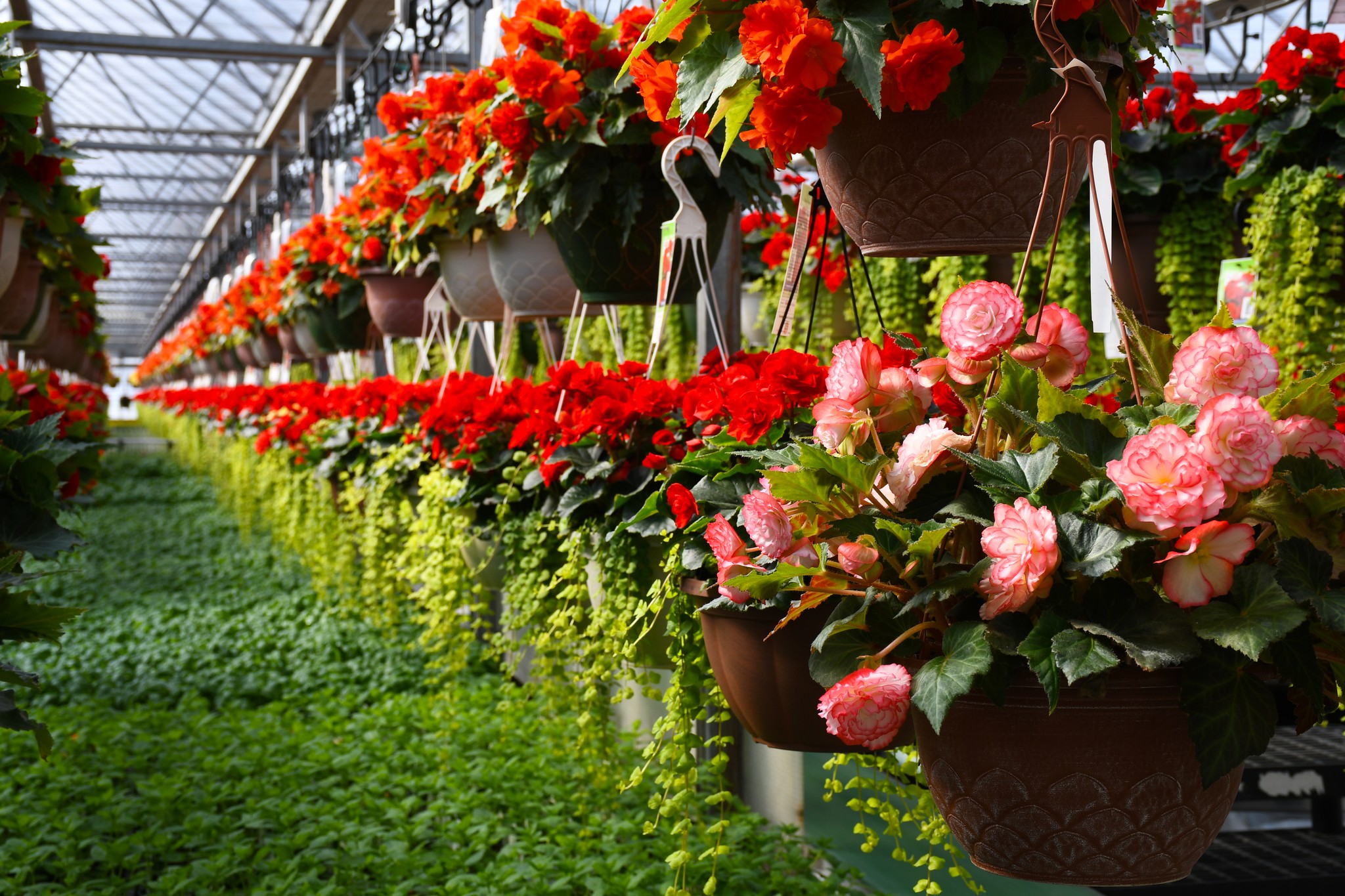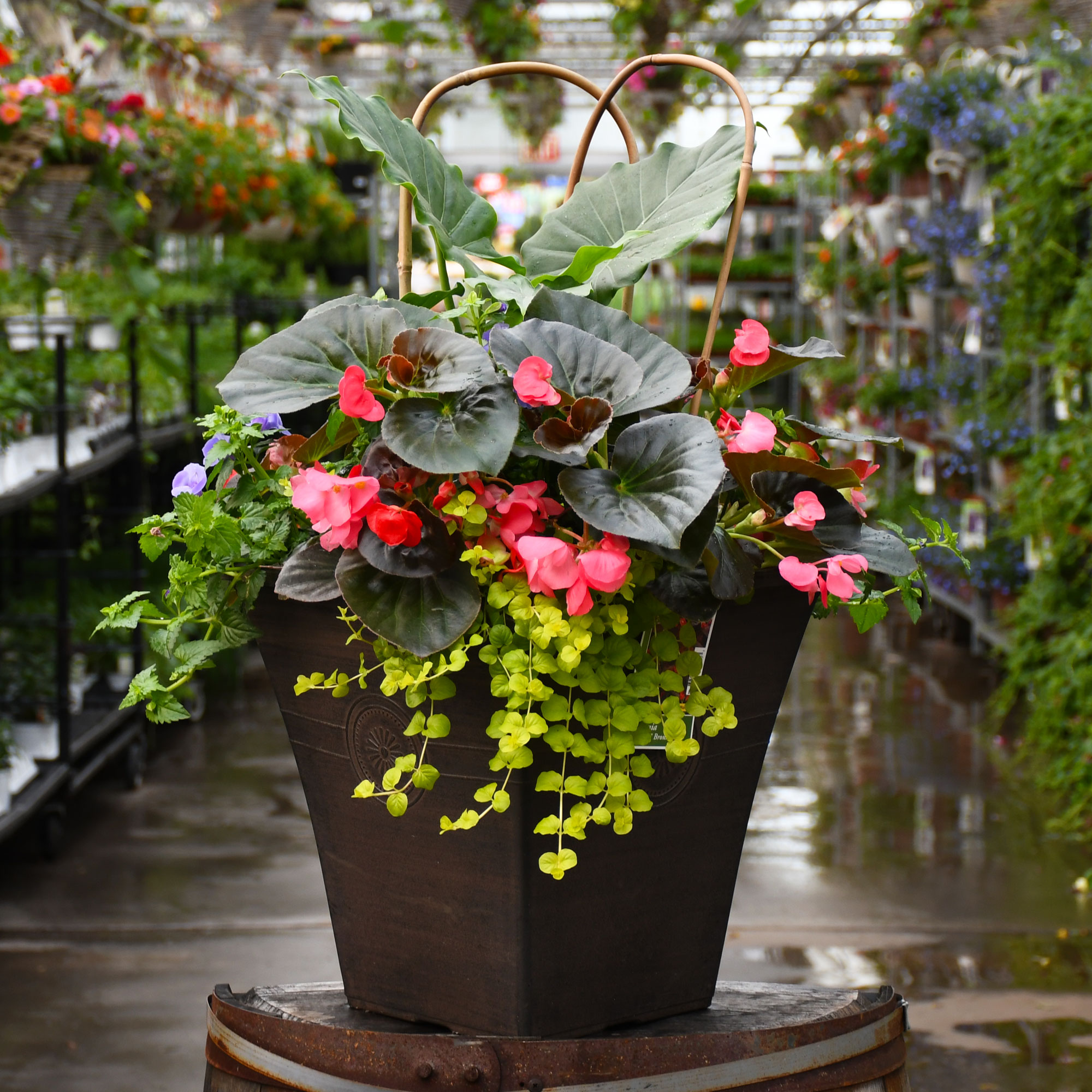Adenium Obesum 'Desert Rose'

Out of stock
Temporarily Out of StockDescription
Adenium obesum
Desert rose is a slow-growing plant, only growing about 12 inches per year. Desert rose is often used as a bonsai plant thanks to its thick succulent trunk, thin and delicate leaves, and luscious, deep pink trumpeting flowers. It's simple to take care of a desert rose plant, but it does take some finesse. Similar to other succulent plants, it needs careful water management and lots of sunlight.
Direct from the Grower
When you see the Gerten Grown logo on our annuals, you know you're getting a fresh plant directly from our greenhouse. We've been perfecting our growing process for over four generations and pride ourselves on providing local quality and freshness to our customers. Better pricing on better quality plant material, that's Gerten Grown.
Details
The desert rose plant has varying water requirements depending on the time of year and temperature. During its growing season (late spring and summer), keep its soil moist but never saturated. Check on the soil periodically and allow it to dry out completely before watering.
This plant is acclimated to naturally dry, desert-like conditions, meaning well-draining sandy or gravelly cactus soil. Feed it fertilizer once a month during its growing period. Repot the plant as needed, usually when the roots fill the container and the plant becomes root-bound.
This plant is toxic when ingested, so be wary with curious pets and humans.
More Information
| Plant Life Cycle | Annual |
|---|


